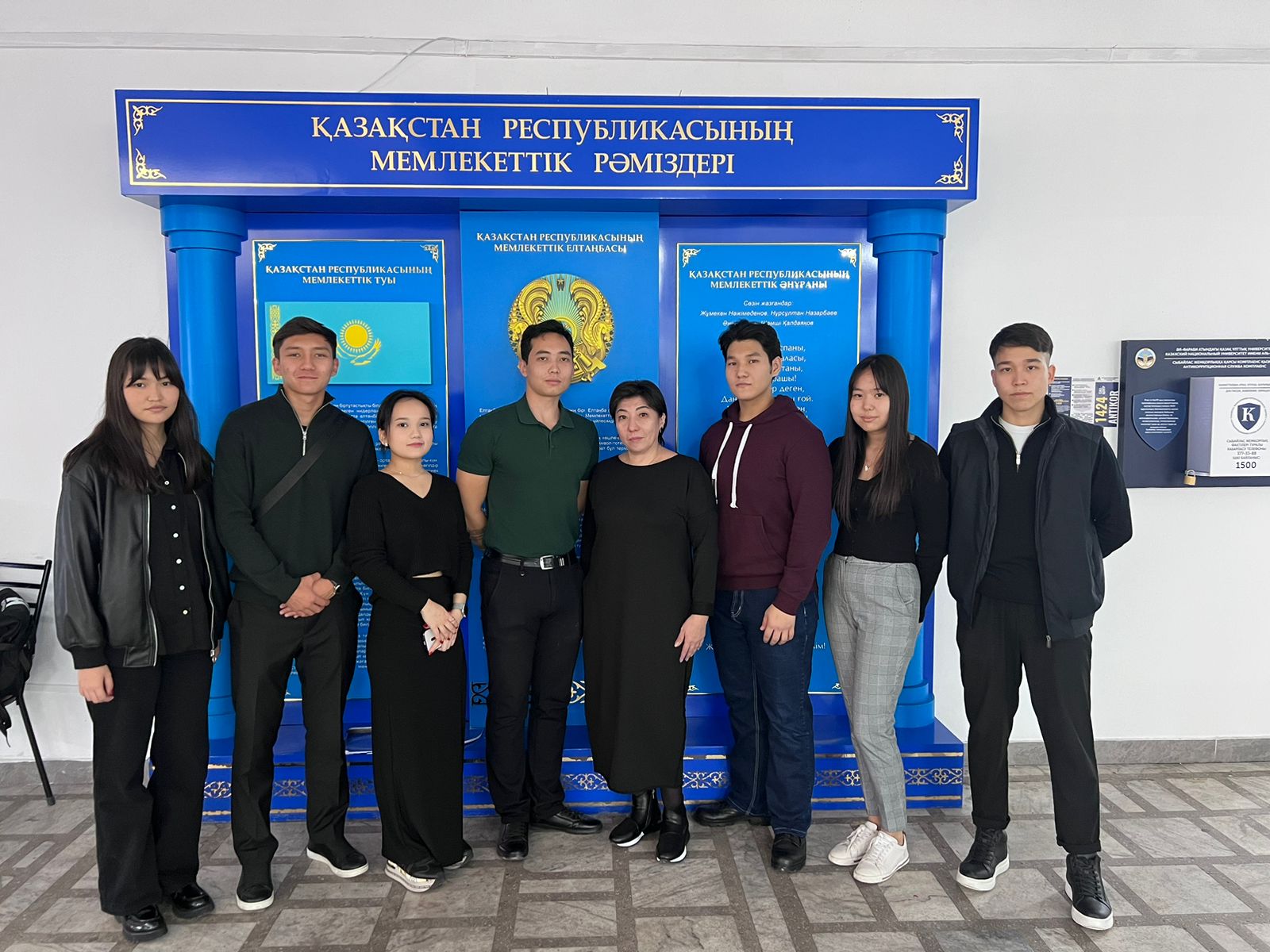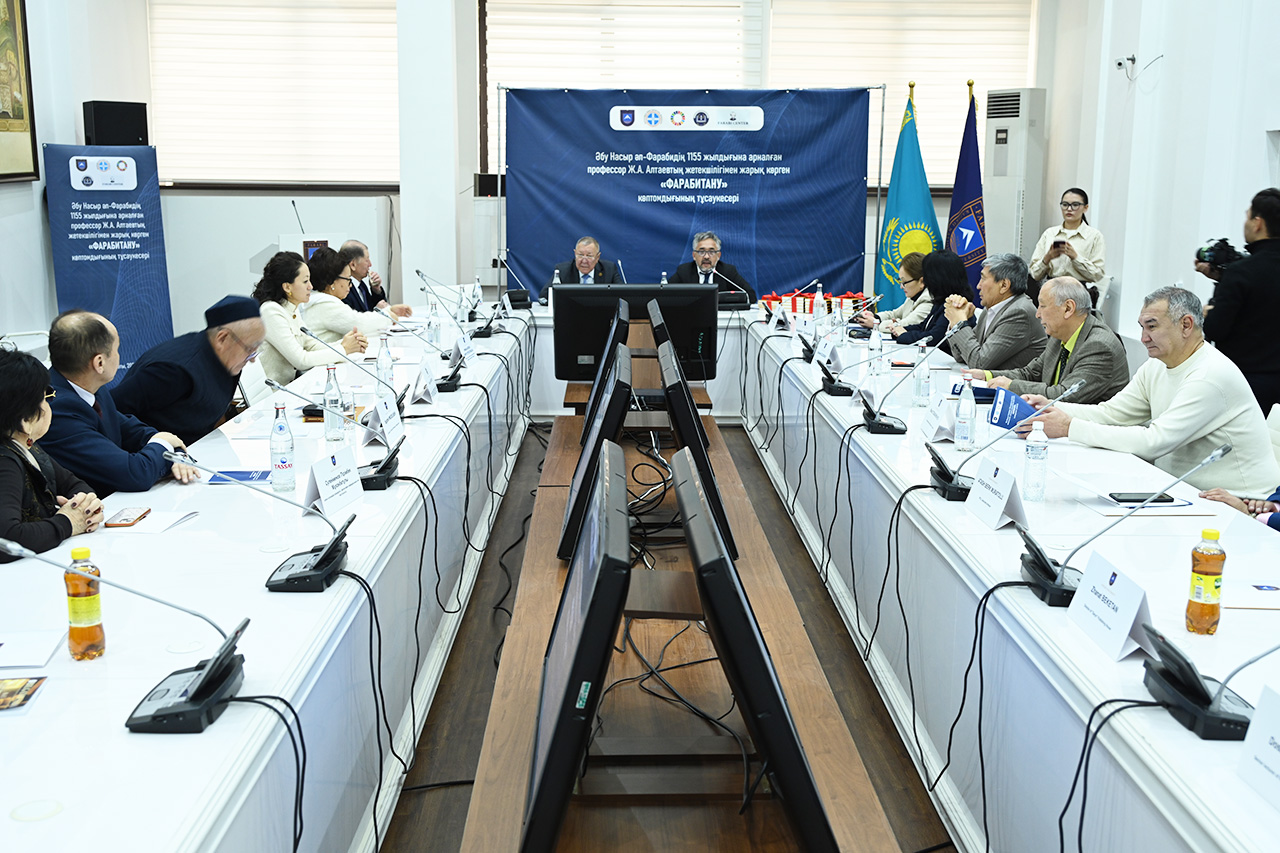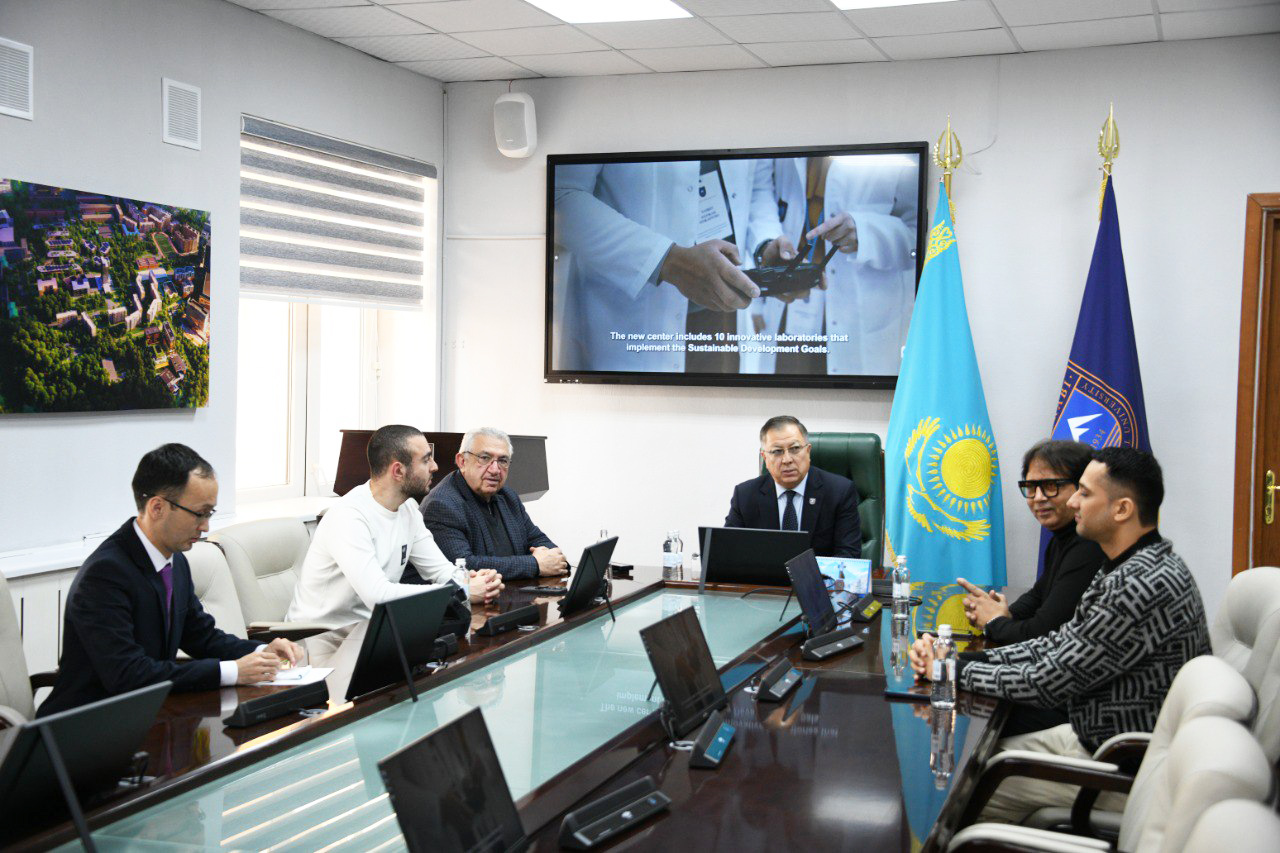- Main
- News
- The results of the webinar are not on the topic "Problems of poverty eradication in the world".
The results of the webinar are not on the topic "Problems of poverty eradication in the world".

As part of the implementation of SDG 1, undergraduates together with teachers conducted a webinar with students of the 108 group on the topic "Problems of poverty
eradication in the world".
Poverty and misery are malnutrition, social exclusion and discrimination, limited access to education and other basic social services, as well as the inability to participate in decision—making. 783 million people currently live in extreme poverty and have difficulties meeting the most basic needs - health, education and access to water resources and sanitation. They are mainly representatives of South Asia and sub-Saharan Africa, who earn less than $1.9 per day.
However, this phenomenon also affects developed countries. In developed countries, a person with an income of less than 50-60% of the national average income is considered poor. According to official statistics, in 2020, more than 20% of EU residents and about 10% of US residents lived below the poverty line. In developed countries, there is a direct dependence of poverty on the unemployment rate. Currently, in the richest countries of the world, more than 30 million children live below the poverty line.
The financial situation of others is important for everyone, since the well-being of all people is interconnected. The growth of the poor population harms economic growth - purchasing power is lost, social cohesion is undermined, increasing political and social tensions, and in some cases becoming the cause of high crime rates, political instability and even the emergence of armed conflicts.
Together with the students, they decided to analyze China's poverty eradication program.
China is implementing the world's largest anti-poverty program.The social policy of the Chinese authorities is aimed at the transition in the near future to a society of harmonious development and average prosperity.
Since the 1990s, the Chinese leadership has begun to build a social protection system. This system covers vulnerable categories of the population – children from poor rural families (the target program "Hope"), single women with children (the program "Happiness"), single elderly citizens ("Five types of security").
Students actively offered their ideas on the introduction of new ways to eliminate poverty.


